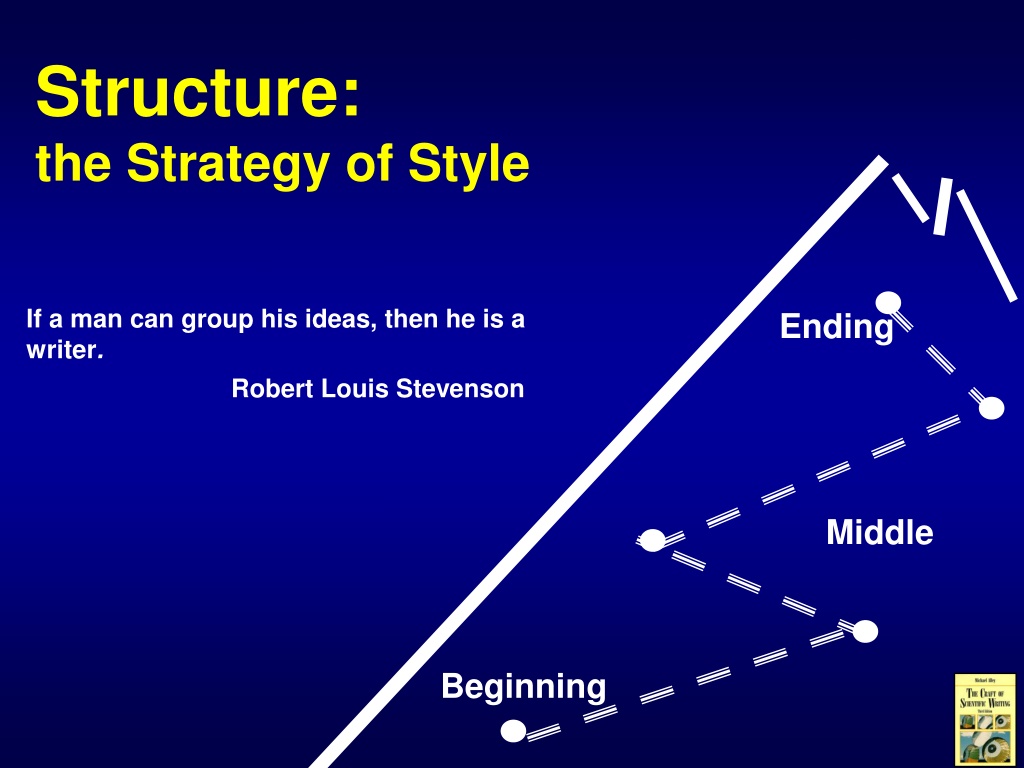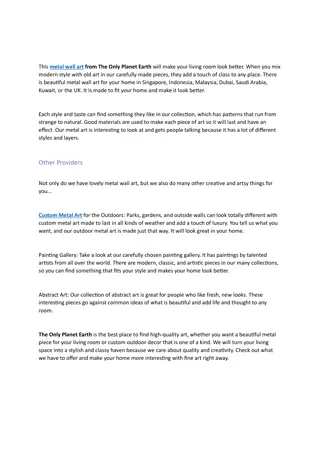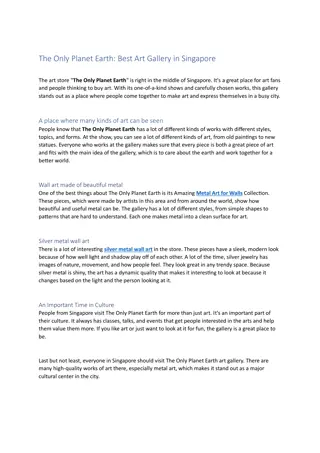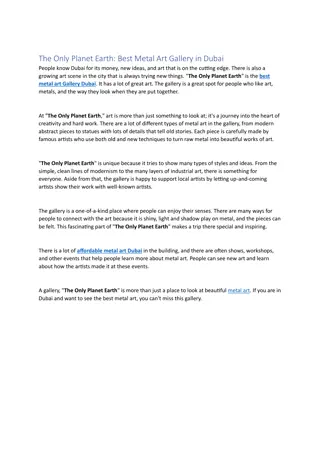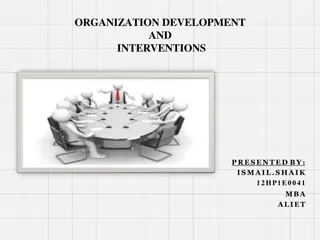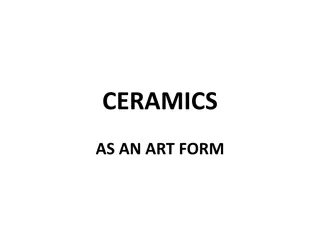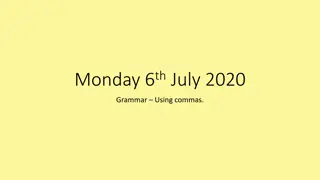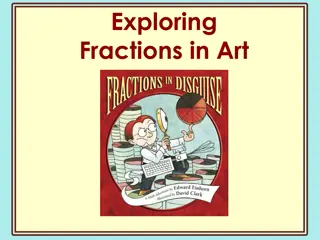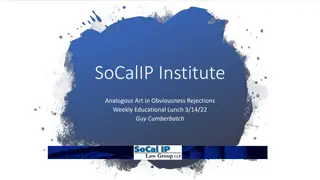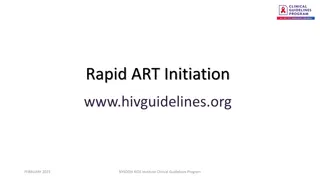Mastering the Art of Document Organization
Effective document structure is crucial for engaging readers and conveying information clearly. This includes organizing content into a beginning, middle, and ending, crafting strong titles, and utilizing summaries to prepare readers for the main body of work. By following these strategies outlined in the provided content, writers can enhance the impact and readability of their documents.
Download Presentation

Please find below an Image/Link to download the presentation.
The content on the website is provided AS IS for your information and personal use only. It may not be sold, licensed, or shared on other websites without obtaining consent from the author.If you encounter any issues during the download, it is possible that the publisher has removed the file from their server.
You are allowed to download the files provided on this website for personal or commercial use, subject to the condition that they are used lawfully. All files are the property of their respective owners.
The content on the website is provided AS IS for your information and personal use only. It may not be sold, licensed, or shared on other websites without obtaining consent from the author.
E N D
Presentation Transcript
Structure: the Strategy of Style If a man can group his ideas, then he is a writer. Robert Louis Stevenson Ending Middle Beginning
The organization of a scientific document can be viewed as a beginning, middle, and ending Conclusions Back Matter Ending Middle Sections Middle Title Summary Introduction Beginning
Beginnings prepare readers for understanding the work orients readers to document Title tells readers what happens in document Summary prepares readers for the middle Introduction
A strong title orients readers to your area of work Effects of Humidity on the Growth of Avalanches Effects of Humidity on the Growth of Electron Avalanches in Electrical Gas Discharges
A strong title also separates your work from everyone else's work Studies on the Electrodeposition of Lead on Copper Effects of Rhodamine-B on the Electrodeposition of Lead on Copper
Several names for summaries exist Summary Technical Abstract Informative Abstract Abstract Descriptive Abstract Executive Summary
Although several names exist for summaries, there are essentially two approaches This paper describes a new inertial navigation system for mapping oil and gas wells. In this paper, we will compare the mapping accuracy and speed for this new system against the accuracy and speed for conventional systems. Descriptive This paper describes a new inertial navigation system that will increase the mapping accuracy of oil wells by a factor of ten. The new system uses three-axis navigation that protects sensors from high-spin rates. The system also processes its information by Kalman filtering (a statistical sampling technique) in an on-site computer. Test results show the three-dimensional location accuracy is within 0.1 meters for every 100 meters of well depth, an accuracy ten times greater than conventional systems. Informative
A document's introduction prepares readers for the discussion Topic? Importance? Background? Arrangement? Introduction
The introduction defines the scope and limitations of the work Medical histories not considered Women may not experience the same effects scope Proposed Study on Effects of Alcohol on Life Expectancy Ten-year study Three classes of drinkers: non-drinkers moderate drinkers heavy drinkers Men surveyed Other effects, such as exercise, not considered limitations
A strong introduction tells readers why the research is important This paper presents a design for a platinum catalytic igniter in hydrogen-air mixtures. This igniter has application in nuclear reactors. One danger at a nuclear reactor is a loss-of-coolant accident. Such an accident can produce large quantities of hydrogen gas when hot water and steam react with zirconium fuel rods. In a serious accident, the evolution of hydrogen may be so rapid that it produces an explosive hydrogen-air mixture in the reactor containment building. This mixture could breach the containment walls and allow radiation to escape. Our method to eliminate this danger is to intentionally ignite the hydrogen-air mixture at concentrations below those for which any serious damage might result. importance
In the middle of a report, you present your work Make sections and subsections Choose a logical strategy Heading Heading Heading Subheading Subheading Subheading Subheading Subheading [Sandia, 1985]
Common strategies exist for the middles of scientific reports Chronological [Maizels, 2001] Spatial [Pratt & Whitney, 2000]
Common strategies exist for the middles of scientific reports Parallel Parts Corel Corporation Flow [Sandia, 1985]
Section headings should be descriptive and parallel Non-Parallel Non-Descriptive Parallel Descriptive Introduction Introduction Background Marx Generators Line Pulse Beam Generation Transporting Beam Pellets Results Conclusions Past Designs for Particle Beam Fusion New Design for Particle Beam Fusion Charging Marx Generators Forming Line Pulse Generating Particle Beam Transporting Particle Beam Irradiating Deuterium-Tritium Pellets Results of New Design Conclusions and Recommendations
When you divide a section into subsections, all the pieces should be of the same pie New Design for Particle Beam Fusion New Design for Particle Beam Fusion Charging Marx Generators Charging Marx Generators Generating Particle Beam Generating Particle Beam Pellets Irradiating Deuterium-Tritium Pellets
Organization is hidden when headings occur in a long list without secondary headings Performance of the Solar One Receiver Performance of the Solar One Receiver Introduction Receiver s Efficiency Steady State Efficiency Average Efficiency Receiver s Operation Cycle Start-Up Time Operation Time Operation During Cloud Transients Receiver s Mechanical Wear Panel Mechanical Supports Tube Leaks Conclusion Introduction Steady State Efficiency Average Efficiency Start-Up Time Operation Time Operation During Cloud Transients Panel Mechanical Supports Tube Leaks Conclusion
Many journal articles follow a set organization named IMRaD Introduction Materials and Methods Discussion Results
In a strong ending, you analyze results and give a future perspective Conclusions Analyze results from overall perspective Analysis of Results Future Perspective Several options: Make recommendations Discuss future work Repeat limitations
Use appendices to supply background for secondary audiences Appendix A Concern About the Greenhouse Effect For almost a hundred years, experts have been concerned with the increasing concentrations of gases such as carbon dioxide, methane, and nitrogen oxides in the earth's lower atmosphere. These gases are natural by-products of combustion. Figure A-1 illustrates the correlation between global temperature and carbon dioxide concentrations...
Use appendices to supply secondary or tangential information to primary readers Appendix B Project Stormfury In 1961, the United States Weather Bureau and the Department of Defense (Navy) began a project to reduce the strength of hurricanes. The project, called Project Stormfury, uses cloud seeding, a process used to produce rainfall and reduce hail in thunderstorms. In Project Stormfury, silver iodide crystals, similar in structure to ice, are dispersed by airplanes in the upper reaches of cloud formations just outside the hurricane's eye where the winds are highest. Initial results showed that wind speeds decreased between 15 30% after seedings...
For secondary readers, use a glossary to define unfamiliar terms Glossary burst point: the exact point in space where an atomic bomb is detonated. clear visibility: a viewing range of twenty miles. fallout: the descent to the Earth's surface of radioactive particles from a cloud contaminated with the fission products of a nuclear explosion. hypocenter: the point on the earth's surface directly below the burst point; also called ground zero.
Failing to cite the contribution of others can be a fatal flaw in your career [Franklin, 1952] [Luzzati, 1950] James Watson surreptitiously looked at Rosalind Franklin s work Watson did not give enough credit to Franklin
